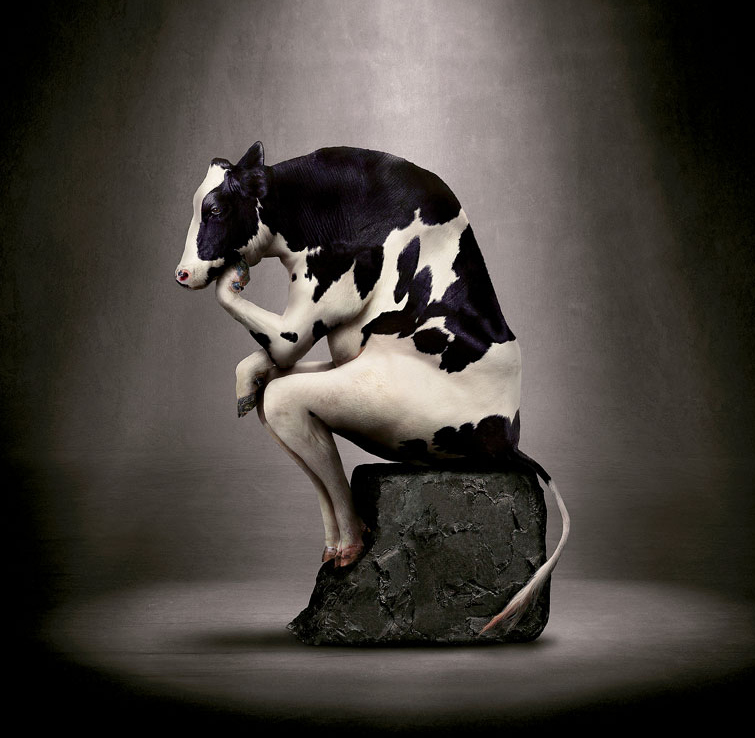It seems that being a grazier means that you have some kind of problem to solve every day. I know plenty of you rely on answers from On Pasture, and that our archive of over 2700 articles is a valuable tool. But sometimes, you’re out in the pasture, and you need an answer NOW! For those times, here are some practices I use for coming up with creative solutions to even the most intransigent challenges.
Fist, I ask these questions:
Why do we do it this way?
How can we do it better?
What is another right answer?
 These questions come from principle for creativity I learned from Dewitt Jones. Dewitt is a National Geographic photographer, who has explored where creativity comes from and how we can all use a few basic principles to creatively address challenges in our lives and our businesses.
These questions come from principle for creativity I learned from Dewitt Jones. Dewitt is a National Geographic photographer, who has explored where creativity comes from and how we can all use a few basic principles to creatively address challenges in our lives and our businesses.
While we sometimes think that creativity belongs only to certain people, Dewitt shows us that it’s attitude – an outlook – that is in all of us and can be trained. In addition to these questions, here are more ways that Dewitt looks at every day creativity. He put together these principles to help us all to become more creative problem solvers.
• Change your perspective.
Dewitt says, “If we can’t learn to change our lenses we’re trapped.” Look at the way you perceive something, and then see if there’s another way to look at it.
• Remember that there’s always more than one right answer.
Press beyond the first solution to look for more. As Dewitt says, “There are a thousand ways to come at a problem to find creative solutions.
• Reframe problems into opportunities.
When you come at the world with a sense of abundance rather than scarcity, you become more comfortable reframing problems, coming at them from a different direction and knowing that the next right answer will be there.”
• Don’t be afraid to make mistakes.
Here’s where Dewitt tells us “If I were afraid to make mistakes, if I never took the risk to think out of the box, to press the edge of my envelope, I’d still be back here at the beginning.”
• Break the pattern.
“Patterns, systems, – they’re incredibly important. We can’t function without them. But we all know that if we let those patterns go too long unquestioned, they become our prison.” That’s why we ask, “Why do we do it this way? How can we do it better?”
•Train your technique.
Whether you’re painting a picture, taking a photo, or putting up electric fence, there’s skill and experience involved. Reading, attending workshops, and working with agricultural professionals is all a part of a grazier training their technique. It’s part of what Dewitt calls, “putting yourself in the place of most potential.”
• Care. Really care!
From Dewitt: “Creativity isn’t just about vision and passion. It’s about technique and perseverance as well; a balance of emotion and intellect that springs from really caring about what you do, really caring about the people you work with and the projects you work on.”
Dewitt illustrates how he uses these principles in the video below. The concepts are part of his video “Everyday Creativity,” something we shared with students participating in a short course and internship program I used to co-teach. Applying these principles has meant a lot of success in my life. I think they can work for you too.
Enjoy! And thanks for reading!
Kathy





Thank you for these thoughts (and Mr. Jones, too). My #1 recourse when I had a question about chain harrowing a field yesterday was to call two young farmers to get their thoughts. One of them asked the right question: “And what would your purpose in harrowing these fields be?”
Comments are closed.